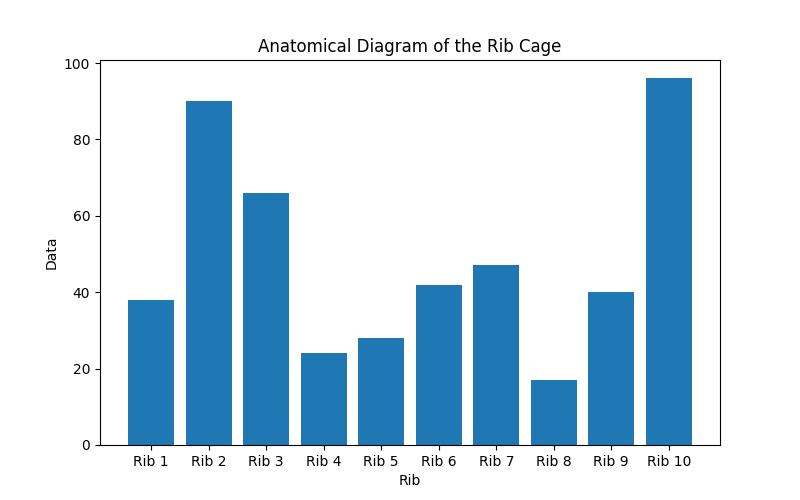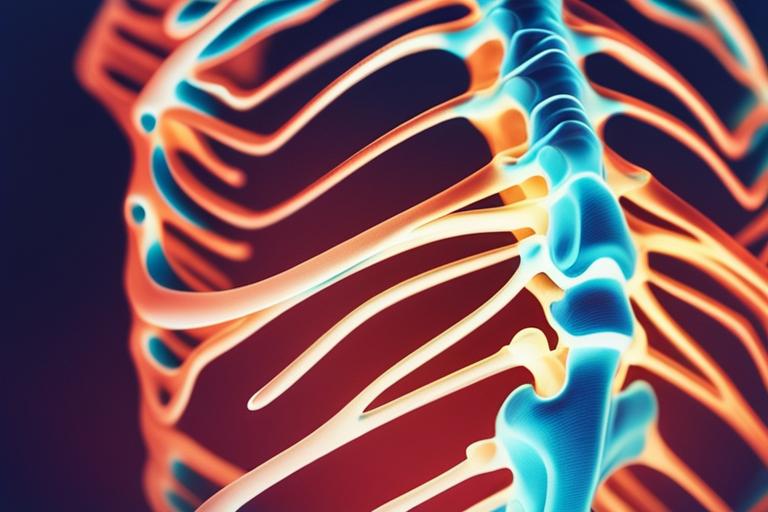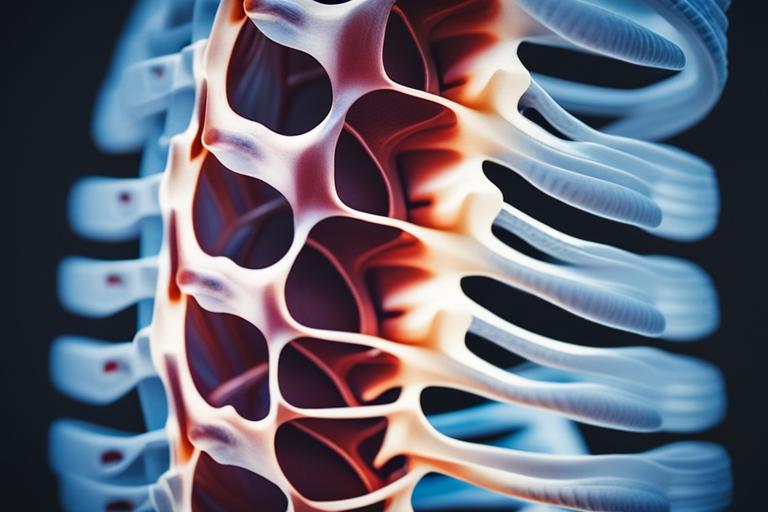The human body is a fascinating subject, and one of the most intriguing aspects is the number of ribs that we have. In this complete guide, we will explore everything you need to know about the number of ribs a person has, their structure and function, age and gender differences, medical conditions related to them, and how to maintain healthy ribs.

How Many Ribs Do People Have and Other Facts About Rib Anatomy
- The standard number of ribs in the human body is 24, with 12 on each side.
- There are three types of ribs: true ribs, false ribs, and floating ribs.
- Age and gender can affect the number of ribs present in the human body, and there are medical conditions related to ribs.

The Number of Ribs in the Human Body
The average number of ribs in the human body is 24, with 12 on each side of the ribcage. However, some individuals may have one or two additional ribs or fewer ribs due to genetic differences. It is interesting to note that the number of ribs can also differ between men and women.
There are three types of ribs: true ribs, false ribs, and floating ribs. True ribs are the first seven pairs of ribs that attach directly to the sternum (breastbone) in the front of the chest. False ribs are the next five pairs of ribs that do not directly attach to the sternum but instead connect to the cartilage of the seventh rib. Finally, floating ribs are the last two pairs of ribs that do not connect to the sternum or the cartilage of the seventh rib.

The Structure and Function of Ribs
| Rib Type | Description | Number of Pairs |
|---|---|---|
| True Ribs | The first seven pairs of ribs that attach directly to the sternum | 7 |
| False Ribs | The next five pairs of ribs that do not directly attach to the sternum, but instead connect to the cartilage of the seventh rib | 5 |
| Floating Ribs | The last two pairs of ribs that do not connect to the sternum or the cartilage of the seventh rib | 2 |
The ribcage is made up of twelve pairs of ribs, the sternum, and the spine. The ribs are curved bones that form a cage-like structure around the chest, protecting the heart, lungs, and other vital organs.
The ribs play a crucial role in respiration, helping to expand and contract the chest cavity during inhalation and exhalation. They also assist in maintaining proper posture and serve as attachment points for muscles that aid in arm and shoulder movement.
Age and Gender Differences in Rib Number
Gender can play a role in the number of ribs a person has. Women may have one or two fewer ribs than men. This difference is due to the size and shape of the female rib cage, which is generally smaller and more conical than the male rib cage.
Age can also affect the number of ribs present in the human body. As we age, the cartilage between the ribs can calcify, causing the ribcage to become less flexible and more rigid.

Medical Conditions Related to Ribs
Several medical conditions can affect the ribs and the ribcage. Rib fractures are common and can occur due to trauma, such as a fall or car accident. Costochondritis is an inflammation of the cartilage that connects the ribs to the sternum, causing pain in the chest. Slipped rib syndrome is a condition where the cartilage that connects the ribs to the sternum slips out of place, causing pain and discomfort. Pneumothorax occurs when air leaks into the space between the lung and the chest wall, causing the lung to collapse.
Personal Story: Rib Fracture Recovery
As someone who has experienced a rib fracture, I can attest to the importance of understanding the structure and function of the ribs. During a snowboarding accident, I fell and landed on my side, resulting in a fractured rib. The pain was excruciating, and I struggled to breathe deeply or move without discomfort.
I quickly learned that rest and proper care were essential for healing my rib. I was advised to avoid any activities that could exacerbate the injury, including strenuous exercise and heavy lifting. I also received pain medication to alleviate the discomfort.
Over the next few weeks, I gradually began to feel better. I incorporated gentle stretching exercises to maintain my range of motion and prevent stiffness. As I began to feel stronger, I also engaged in exercises to strengthen my ribcage and improve my posture.
Through my recovery, I gained a newfound appreciation for the role of the ribs in protecting vital organs and facilitating respiration. I also learned the importance of taking care of my body and avoiding unnecessary risks to prevent future injuries.
How to Maintain Healthy Ribs
There are several ways to maintain healthy ribs. Exercises such as deep breathing, yoga, and Pilates can help to strengthen the muscles of the ribcage and improve posture. Maintaining good posture and body mechanics can also help prevent injuries to the ribs and ribcage. Finally, stretching can help to maintain the flexibility of the ribcage and prevent stiffness.
Conclusion
In conclusion, the number of ribs present in the human body can differ between individuals due to genetic differences, age, and gender. The ribs play a crucial role in respiration, posture, and protecting vital organs. Several medical conditions can affect the ribs and the ribcage, and there are several ways to maintain healthy ribs, including exercises, proper posture, and stretching. Understanding the importance of the number of ribs present in the human body and how to take care of them is essential for maintaining good health.
FAQ
Q: Who decides how many ribs a person has?
A: Humans typically have 24 ribs, 12 on each side.
Q: What happens if a person has extra ribs?
A: Some people may have an extra cervical or lumbar rib, which can cause health issues.
Q: How do doctors count a person’s ribs?
A: Doctors count the ribs by feeling and counting the bony protrusions on the ribcage.
Q: Who is more likely to have an extra rib?
A: Women are more likely to have an extra rib, but it is still a rare occurrence.
Q: What is the purpose of having ribs?
A: Ribs protect vital organs like the heart and lungs, and aid in breathing.
Q: How can I tell if I have an extra rib?
A: If you’re experiencing pain or discomfort in your neck or back, consult a doctor to see if you have an extra rib.
Follow us!!